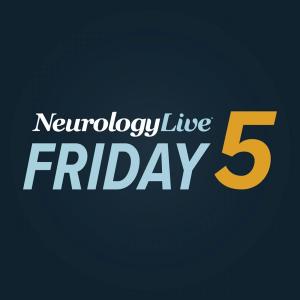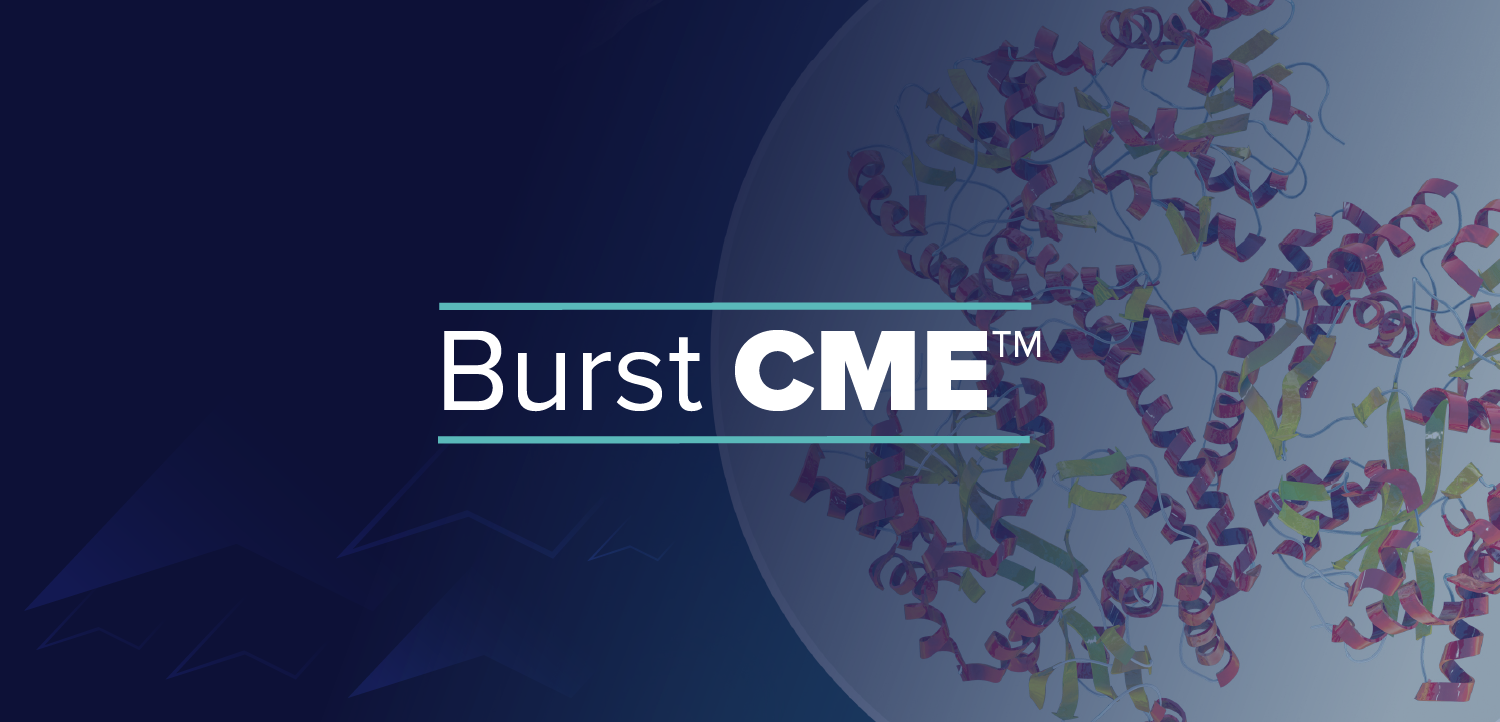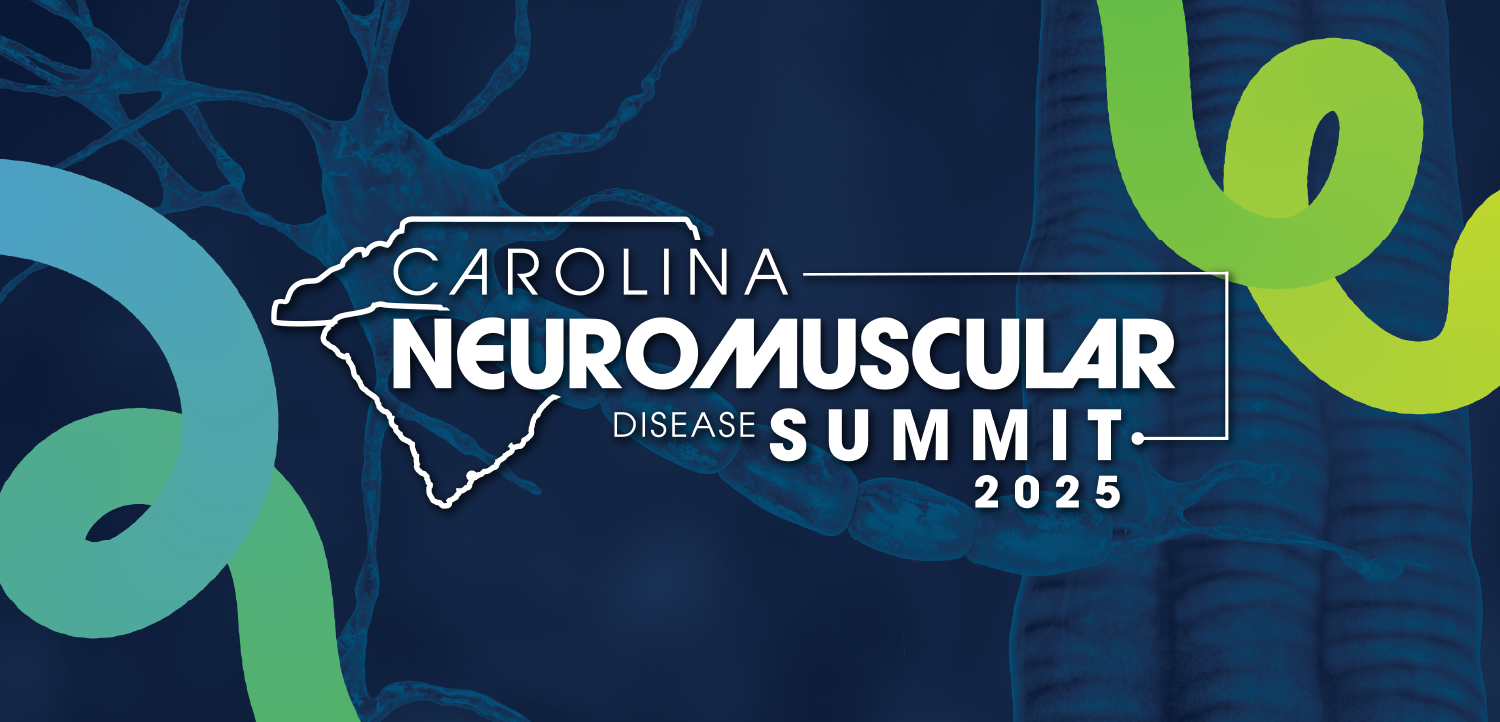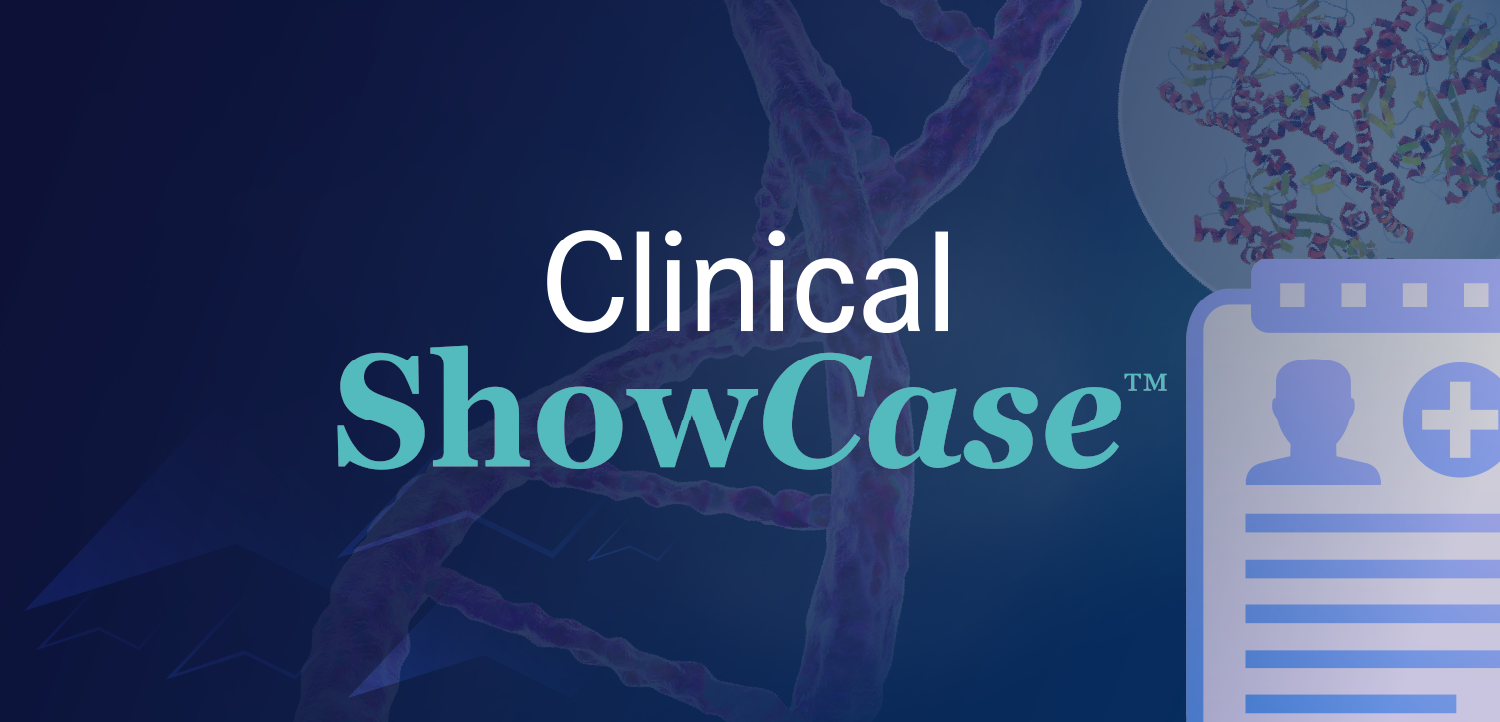|Articles|February 16, 2019
Reldesemtiv as a Potential Treatment for Spinal Muscular Atrophy
Author(s)Jenna Payesko
The chief medical officer of Cytokinetics spoke about the promise that the investigational fast skeletal muscle troponin activator holds as a potential treatment for spinal muscular atrophy.
Advertisement
Andrew Wolff, MD
Cytokinetics has recently received feedback from the FDA that the 6-minute walk test is an acceptable primary efficacy endpoint for a potential registration program of reldesemtiv, the company’s fast-skeletal muscle troponin activator being studied as a potential treatment option for spinal muscular atrophy. The agency recommended the addition of a global function scale as a secondary efficacy endpoint like the Hammersmith Functional Motor Scale-Expanded.1
Reldesemtiv (also known as CK-2127107) was the subject of a phase 2 hypothesis-generating clinical study in patients with Type 2, 3, and 4 spinal muscular atrophy. The study showed significant exposure-response relationship from baseline as assessed in the 6-minute walk distance and in maximal expiratory pressure after 8 weeks of treatment with reldesemtiv.
Cytokinetics is currently preparing to conduct an additional phase 1 study of reldesemtiv in healthy volunteers to assess whether higher doses than those evaluated in the phase 2 study would result in higher plasma concentrations.
Andrew Wolff, MD, chief medical officer, Cytokinetics, recently spoke with NeurologyLive in an exclusive interview to further reldesemtiv, the phase 2 trial and the company’s future plans.
NeurologyLive: Can you provide an overview of trial design for the phase 2 clinical trial that studied reldesemtiv for spinal muscular atrophy?
Andrew Wolff, MD: To briefly go through the design of that study, that was a study done in 2 separate cohorts, if you will, a low-dose cohort and a high-dose cohort. In each cohort, the idea was to enroll 36 patients roughly, equally divided between ambulatory and non-ambulatory patients with spinal muscular atrophy with either Type 2, 3, or 4, and they had to be 12 years or older. An important definition to bear in mind is that of ambulatory patients: a patient that could stand independently and walk at least 50 meters in 6 minutes without assistance. There were patients in that study that were classified as non-ambulatory and deemed they couldn’t walk at all, but they couldn't meet that definition.
Of the roughly 18 ambulatory and 18 non-ambulatory patients, they were randomized 2:1 to reldesemtiv or placebo, so you have 12 ambulatory patients on reldesemtiv and 6 ambulatory patients on placebo, and similarly, you have 12 non-ambulatory patients on reldesemtiv and 6 on placebo. The higher-dose cohort was the exact same thing, except now the dose was 450 mg twice a day whereas it was 150 mg twice a day in the lower-dose cohort.
What outcome measures were studied?
We looked at a variety of different ventilatory measures, the vital capacity, the maximum inspiratory pressure, the maximum expiratory pressure, we looked at the Hammersmith Scale which is commonly used in infants and small children even though we had input from our advisors that the Hammersmith may not be a particularly useful tool in older patients with SMA, we did muscle strength testing, and we did a 6-minute walk test.
The 2 things that were most prominently affected by the drug were maximum expiratory pressure, which we saw in both the low-dose and the high-dose cohorts, and the 6-minute walk test, which of course could only be performed in the ambulatory patients and had a trend at the low dose but almost achieved conventional statistical significance at the higher dose. I think more importantly the magnitude of the increase in 6-minute walk was not quite 25 meters relative to placebo and that magnitude of increase in 6-minute walk distance has supported approval of other drugs for other orphan diseases.
Beyond just the overall finding, what I think strengthens the robustness is that there is a clear relationship to dose and also the plasma concentrations so that the patients at the highest levels of the plasma concentration range had almost a 40 or 45—if I recall correctly—meter increase relative to placebo and their 6-minute walk distance, so when you see a clear concentration exposure relationship I think that tends to lead credibility to the result.
Now a word about maximum expiratory pressure, and I often get asked why that would increase but not the inspiratory pressure, and I don't know, but I will point you to some other data that at least suggests to me that this may not be random. One thing that makes me think it’s not random is that occurred in both dose cohorts and not just one or the other, with somewhat of a dose-response, but the other thing was a paper that was presented in Glasgow at International Symposium on ALS/MND by Emily Plowman, PhD, from the University of South Florida, and she investigated the potential benefit of doing ventilatory muscle exercises, so actually having patients do these heavy and rapid inhalations and exhalations in an attempt to build up their respiratory musculature and what she found at the end of this period from exercise intervention was that the maximum expiratory pressure increased significantly after this period of exercise relative to no exercise but the inspiratory pressure didn't change at all, which is not unlike what we saw in our SMA study. While I don't think either of us have a ready explanation for that, at least it suggests that in another study, with a different intervention, those 2 ventilatory maneuvers can respond differently to treatment.
What’s the tolerability of reldesemtiv?
The adverse event profile in that study was really very benign. I think there was only one adverse event that was more common on reldesemtiv than on placebo and that was constipation, and it wasn't very common and wasn’t much more frequent on treatment than on placebo. The intended better tolerability of reldesemtiv relative to tirasemtiv appears to be a true thing.
Was there a certain type of SMA that fared better with reldesemtiv than another?
Well I mean these were a certain type, if you will, already because they were the older kids, they had to be 12 and up, so they didn't have the most severe forms of SMA. We allowed Types 2, 3, and 4, and as a matter of fact we didn't enroll any Type 4, they were eligible, but all of the patients in this study were Types 2 and 3. I might say that the clearest signal could only be observed in the ambulatory patients because it was 6-minute walk, but I don't know if that means that the non-ambulatory patients might not benefit as much since we haven't yet determined what may be the best endpoint to elucidate a response in a non-ambulatory patient, and we're taking advice from experts now on what other ways we may evaluate them. There are things called the Revised Upper Limb Module that are related entirely to arm function, and we looked at that actually in the phase 2 study that we're discussing and it didn't seem to move much.
Another point to be made, however, the plasma concentrations that we achieved in that phase 2 study were only about half of what we had expected to see based on earlier data and healthy volunteers and the effects we did see appeared to be greater at greater concentrations, so we'd like to get the concentration higher and that alone may show thing on endpoints like the Revised Upper Limb Module that we just didn't see in the first study because we didn't get the exposure we expected. We think the reason for that is a difference in the formulation that we used in that phase 2 study relative to what was studied in healthy volunteers; the healthy volunteers were administered a suspension of what's called a spray dry dispersion, it's highly soluble so it's very well absorbed, and we went to a so-called crystal formulation for the SMA study which is somewhat less soluble and apparently less bioavailable.
What are your future study plans?
One thing that we will be doing in the near future is another study in healthy volunteers to see how much we can increase the exposure by increasing the dose, so that may seem like a no-brainer question but the fact is we already know with this formulation that we don't have dose proportional exposures. In other words, even with the dose as we've studied with this formulation, for example, if you go from 1000 mg single dose to a 2000 mg single dose, you double the dose, but you don't double the resulting plasma concentration, so we know that if we go from say for example 2000 to 4000, we're probably not going to double the plasma concentration, but the question is, as we go higher in dose and keep doubling, do we see a 10% increase, which probably isn't useful or do we maybe a 60% or 75% increase with doubling the dose which is probably worth doing.
I think our goal now is to see how much higher we can take the plasma concentration in this population and then hopefully along with our partner Astellas take it into a larger phase 2 study that may be able to be a phase 2/3 sometime later on in the year.
REFERENCE
1. Cytokinetics Announces Receipt of FDA Feedback Regarding Reldesemtiv in Patients With SMA [news release]. South San Francisco, CA: Cytokinetics Inc; Published January 22, 2019. globenewswire.com/news-release/2019/01/22/1703290/0/en/Cytokinetics-Announces-Receipt-of-FDA-Feedback-Regarding-Reldesemtiv-in-Patients-With-SMA.html. Accessed Feb. 13, 2019.
Newsletter
Keep your finger on the pulse of neurology—subscribe to NeurologyLive for expert interviews, new data, and breakthrough treatment updates.
Advertisement
Related Articles
 NeurologyLive® Friday 5 — September 12, 2025
NeurologyLive® Friday 5 — September 12, 2025September 12th 2025
 Expanding the Alzheimer Drug Development Pipeline
Expanding the Alzheimer Drug Development PipelineSeptember 12th 2025
Latest CME
Advertisement
Advertisement
Trending on NeurologyLive
1
FDA Hands Complete Response Letter to SL1009 for Pyruvate Dehydrogenase Complex Deficiency
2
Expanding the Alzheimer Drug Development Pipeline
3
Shared Decision-Making and Ethics in Complex Neurology Clinical Research: Paul Ford, PhD
4
Patient-Reported Study Identifies Common Symptoms and Timing During Migraine Prodrome
5













































